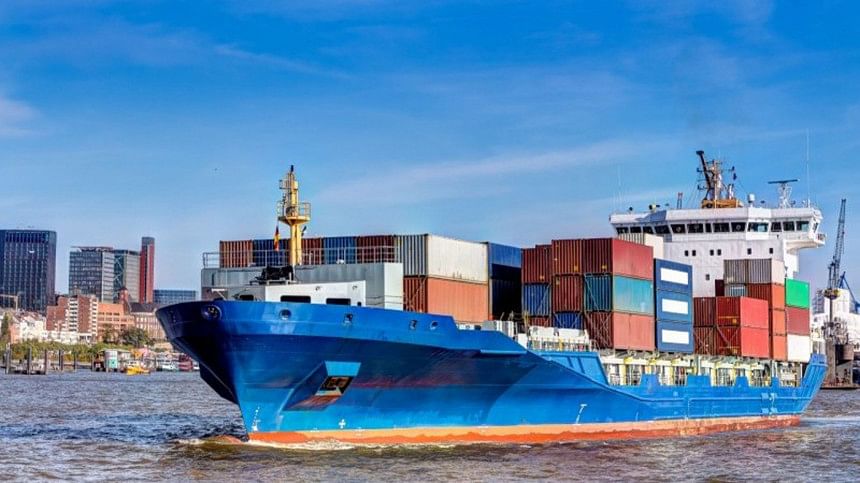Bangladesh revises plans to cut export aid

The new cash incentive on export receipts became effective from February 1 instead of the first day of January as announced earlier while some markets and products have been brought back under the facility following pleas from the business community.
The government lowered the rates recently and communicated it to the central bank on January 28.
Accordingly, the Bangladesh Bank published the new rates in a notice on January 30 for 43 products as part of measures to prepare for the graduation of the country to a developing nation in 2026 from the grouping of least-developed countries (LDCs).
The new rates had come into effect retrospectively from January 1.
But in a notice on Sunday, the finance ministry said the government has decided to bring about changes in three areas. The BB published a circular to this effect accordingly yesterday.
The BB said the rates would be applicable from February 1 this year and would remain in place until June 30.
In another move, India, Japan and Australia have been included in the list of the emerging countries where garment exporters will receive a 3 percent cash incentive.
The January 30 notice excluded the countries, leaving exporters disappointed since the shipments of garments to the three nations are on the rise.
It also withdrew the decision that had seen the end of cash incentives for five major garment items.
Exporters welcomed the amendments.
"We welcome the review of the cash incentive facility," said Mohammad Hatem, executive president of the Bangladesh Knitwear Manufacturers and Exporters Association.
Faruque Hassan, president of the Bangladesh Garment Manufacturers and Exporters Association, and Mohammad Ali Khokon, president of the Bangladesh Textile Mills Association, echoed Hatem.
Before the latest move, the government used to provide cash subsidies ranging from 1 to 20 percent to exporters of various products including garments, the main export item, to enable manufacturers to compete better globally. It has reduced the rates to 0.5 percent to 15 percent.
The cuts aim at reducing the pressures on Bangladesh's coffers. Besides, the country can't provide such subsidies once it becomes a developing nation as per the rules of the World Trade Organisation (WTO).
If the cash support is withdrawn completely in one-go when the graduation takes place, the export sector might face challenges in the post-LDC period. So, the government has decided to reduce the direct cash assistance in phases, the BB has argued.
But exporters lobbied with the finance and commerce ministries and the BB to have the previous export subsidy rates reinstated since the cuts may render them uncompetitive. Besides, it came at a time when exporters are facing persisting challenges owing to energy and US dollar crises.
They also met with Prime Minister Sheikh Hasina on Sunday to press home their demand.
Hassan, Khokon and Hatem said they have already booked orders from international clothing retailers and brands as per the calculation of the previous cash incentive rates.
So, the export sector would be in a big trouble because of the reduced rates, said a number of exporters earlier.
Some 43 sectors are currently eligible for export subsidies, for which the government has spent about Tk 9,025 crore annually for the past three years.
Analysts, however, say the government move is prudent to ready for the LDC graduation gradually and a step in the right direction since the incentives did not bring about desired benefits in many sectors. Besides, export subsidies would not be compatible with the WTO rules once Bangladesh graduates.

 For all latest news, follow The Daily Star's Google News channel.
For all latest news, follow The Daily Star's Google News channel. 






Comments